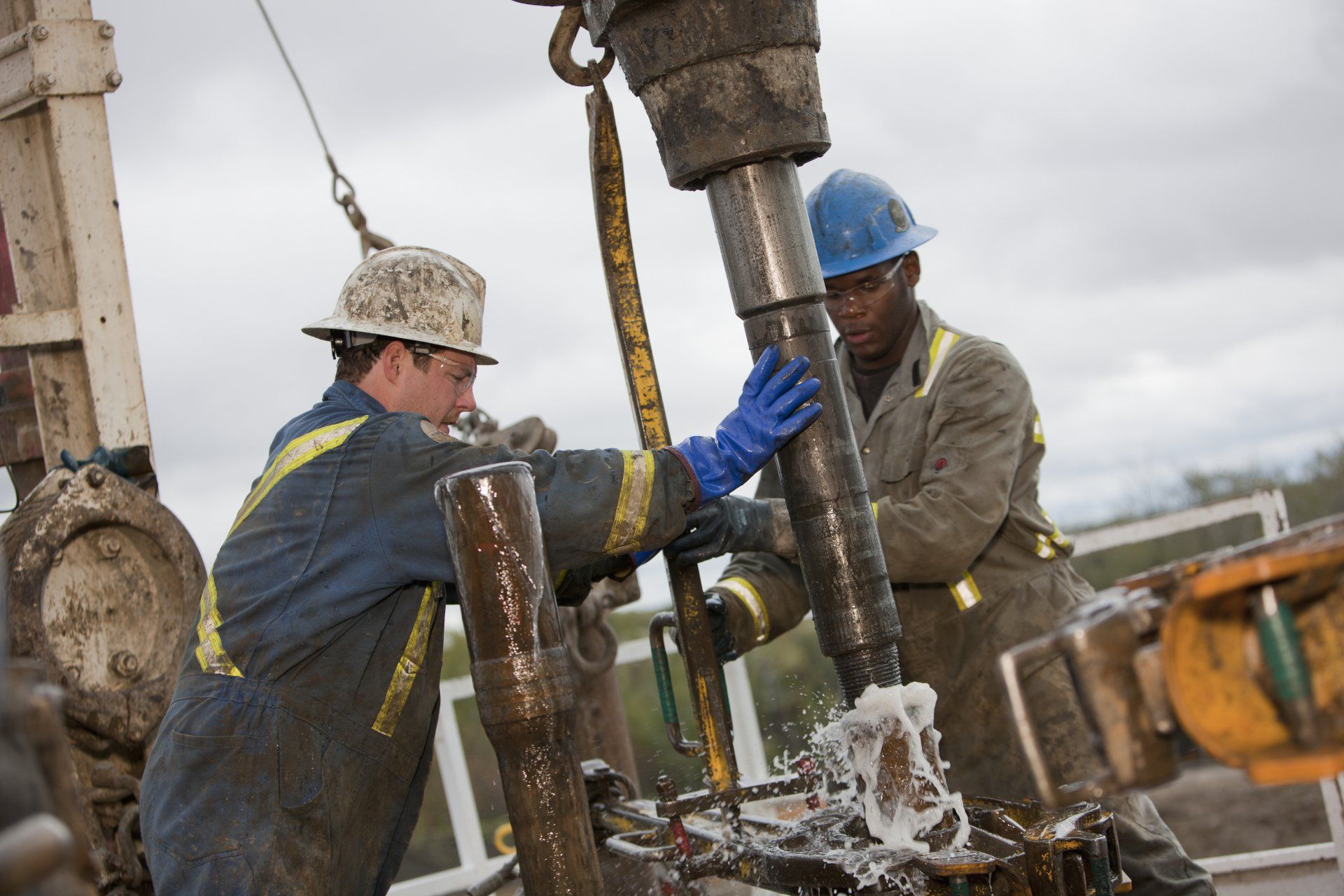The United States is one of the few countries in the world that grants citizens ownership of the minerals under their property.
As a result, several million families across the U.S. are in possession of mineral rights and royalties, a valuable asset to a well-rounded financial portfolio in the right hands.
Despite their frequency in the U.S., managing gas and oil interests and royalties takes a significant amount of expertise and market savvy to produce desirable revenue. As the number of mineral leases in the United States increases, the laws and regulations governing royalty distribution become increasingly more convoluted and difficult to maneuver to the royalty owner’s benefit.
Navigating the selling of mineral rights and royalties, as well as succession planning for mineral rights and royalty owners are just a few of the hot topics and buzzwords in the mineral royalty industry today.
As mineral ownership in the U.S. and the potential for garnering substantial revenue returns on mineral rights increases, there are three important questions that royalty owners need to ask themselves.
1. Do I have a succession plan for my minerals?
If, as an owner, you plan to pass your assets and their management on to your children or successive generations, substantial and thorough succession planning is vital.
While passing your assets on to the next generation is certainly the appropriate thing to do, many owners don’t realize the hardship they impose on their children by willing them their mineral rights without proper financial planning. Some of the questions that you will need to consider in planning succession for your mineral royalty holdings include:
- Does the individual who will receive the mineral rights to your property have the means and ability to manage them?
- Will your heir receive the surface rights as well?
- Does it make sense to name more than one heir to your mineral rights and thereby split the royalty interests into halves, thirds, and quarters?
One of the biggest issues facing individuals with mineral inheritance today is fragmentation. Also called fractionalization, fragmentation refers to the phenomenon of mineral rights in the United States being divided and subdivided into smaller pieces as they are passed down through generations.
For example, if an individual with 100% mineral right passes 25% shares to each of their four children, and each of those children then passes their 25% shares on to their children, mineral rights get split into nearly meaningless fractions.
In fact, thousands of royalty owners through mineral inheritance in the United States own fractions of interest that start with .00000xxx.
Because the value of interests is disproportionately reduced as they are further fragmented, inheritance of such diminutive mineral rights fractions often leads to their sale. This is because heirs (understandably) often do not see any purpose in putting effort into administrative oversight of such small interests.
Fragmentation is only part of the equation of planning the succession of your mineral rights. Preparing a succession plan for your mineral royalties requires a great deal of planning with your financial advisor and should be taken as seriously as succession plans for your other assets.
2. Has my financial situation changed (or is it expected to change) over the past/next six months?
Reevaluating and tidying up your estate is the best way to ensure it is being managed efficiently and effectively, and this also applies to your mineral rights and royalty holdings.
Conventional wisdom holds that individuals should avoid selling mineral rights for a number of reasons. However, today’s changing industry dynamics, high stock market valuations, and your personal financial standing may change this and make the sale of your mineral rights a prudent opportunity.
For some, the fixed cash payment resulting from a sale is much more desirable than the erratic nature and inconsistency of monthly royalty payments. This is particularly true in today’s industry, as unsolicited purchase offers for mineral royalties are experiencing a spike in both occurrence and payout amount. Those with a less stable financial outlook may wish to take advantage of the higher offering prices for mineral rights.
Mineral royalties, particularly fragmented ones, also sometimes result in a disproportionate amount of administrative hassle. This is especially true if your holdings are in different jurisdictions under different leases.
As a property owner, you need to consider your financial standpoint as well as your long- and short- term financial goals. Longer leases and royalties on mineral rights can yield more in the long-term while one-time sales lead to substantial (but non-reoccurring) short-term profit.
3. Have I spoken with my financial advisors concerning my current needs and expected future situation?
One of the most important parts of managing your investments is periodically reviewing them with your financial advisor and tailoring your portfolio to meet your current financial goals.
A financial advisor can help you determine whether your mineral rights and royalties will be an asset to your financial portfolio as well as the different ways they can accomplish that. For example, if you decide to sell your mineral rights, a financial advisor can help you determine how best to reinvest the funds garnered from their sale to the benefit of your portfolio.
Coordinating your mineral rights in a way that leverages them toward realizing your financial goals takes an experienced financial professional with years of experience in the mineral industry.
Final Thoughts
You don’t need to navigate the ins and outs of the oil and gas industry on your own.
Ask yourself these difficult questions and take advantage of your financial advisor’s wealth of knowledge in reassessing your financial goals and making your mineral rights work to the benefit of you and your family.
About the Author
Sam Beaufait has more than 10 years of experience in the oil and gas industry with a focus on financial analysis and modeling. Before joining Rock River, he served as VP Finance of Arroyo Resources, Ltd and Corporate Finance Associate for Legacy Reserves, LP. Mr. Beaufait has a Bachelors in Finance from the University of Texas at Austin and an MBA from Texas Christian University.
The content of this website is provided solely for general informational purposes, and not as legal or other professional advice.
The information on this website is not a substitute for, and does not replace the advice or representation of, a licensed attorney, certified public accountant or other professional. Although Rock River Minerals goes to great lengths to make sure the information on the website is accurate and up-to-date, we make no claim as to the accuracy of this information and are not responsible for any consequences that may result from reliance on the information contained in this website.
We recommend that you consult with a licensed attorney for assurance that the information on the website and your interpretation of it are appropriate for your particular situation. You should not rely on this website as a source of legal advice.


